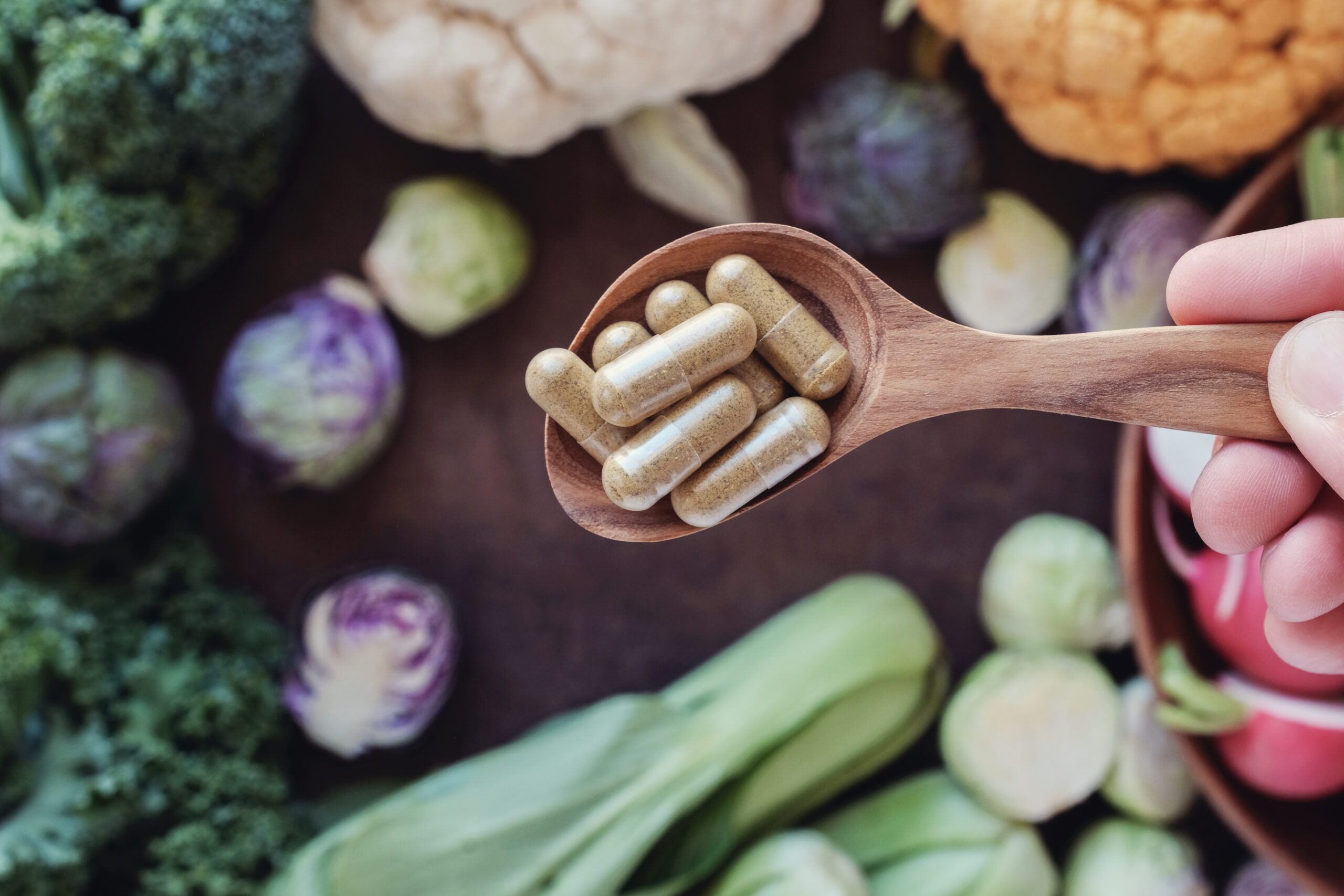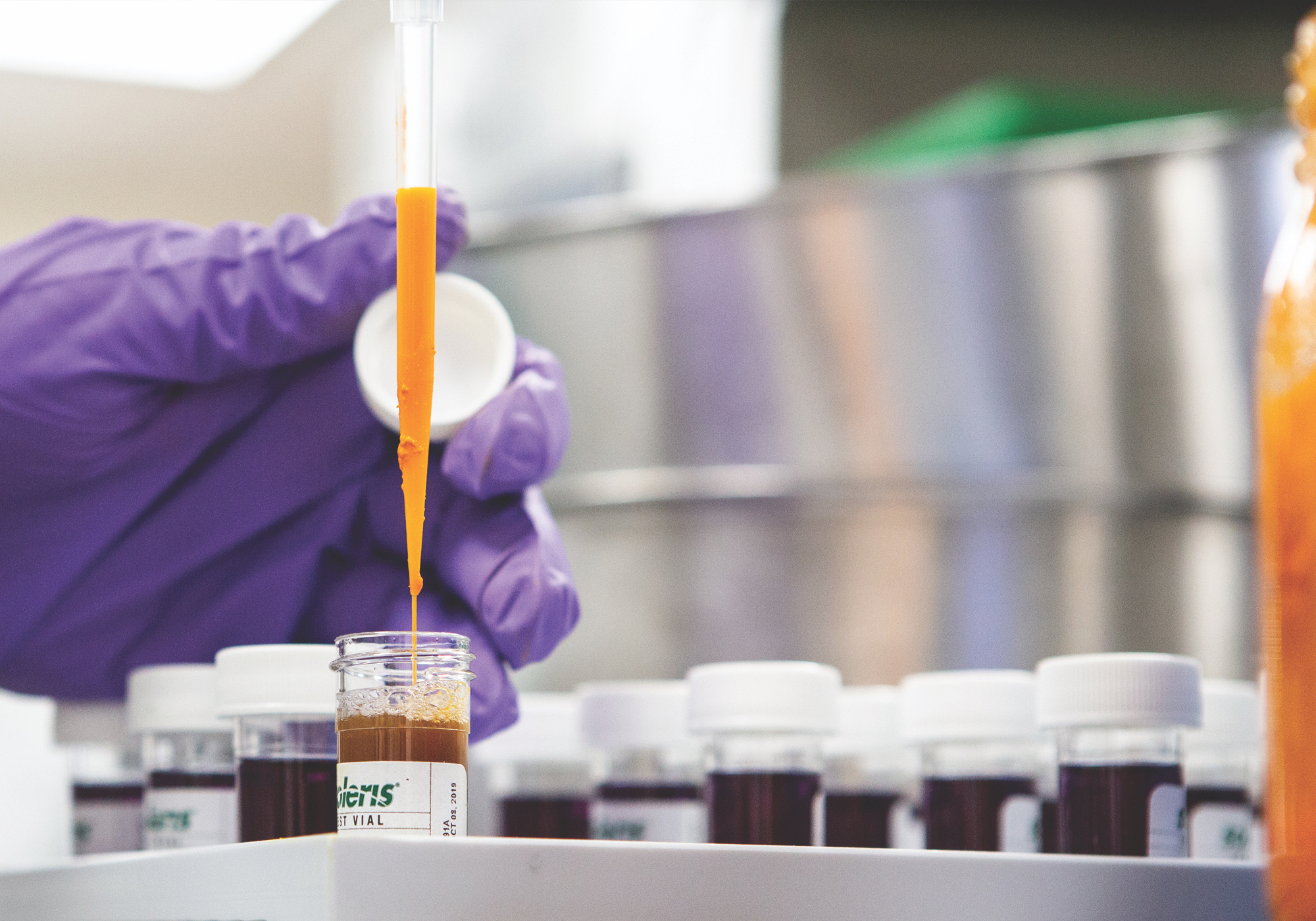Scientific name:Chamaelirium luteum
Constituents:
- Steroidal saponins (chamaelirosides A and B, diosgenin/dioscin, and helosides A and B)
- Cholestane glycosides
- Phytosterols
Medicinal actions:
- Uterine & Ovarian tonic
- Emmenagogue
- Phytoestrogenic
Mechanism of Action & Pharmacology:
- Very little is known.
- Steroidal saponins (e.g. diosgenin) are thought to be responsible for therapeutic effects as they are phytoestrogenic and can act amphoterically in situations of hormonal imbalance. Since diosgenin has structural similarities with cholesterol and other endogenous steroids, it has been used as a precursor for synthetic steroids such as estrogens and DHEA. Preclinical studies have implicated the potential use of diosgenin in several ailments like cancer, diabetes, hypercholesterolemia, gastrointestinal disorders, and inflammatory conditions. Additionally, both diosgenin and dioscin have been reported to show antifungal properties. Note that diosgenin is created through the hydrolysis of the saponin dioscin, which is thought to have better intestinal permeability and is converted to diosgenin in both gastric and intestinal fluids. Dioscin (the glycoside form of diosgenin) has been shown to possess antioxidant and anti-cancer properties.
Pharmacy:
- Decoction
- Tincture
- Capsules
- Note: Not for long-term use, and should be used sparingly due to extensive over-harvesting and sustainability concerns
Safety & Toxicity Concerns:
- In large doses it is a cardiac poison and will cause nausea & vomiting.
- Avoid in pregnancy & lactation due to unknown effects.
Interactions:
- None known.







